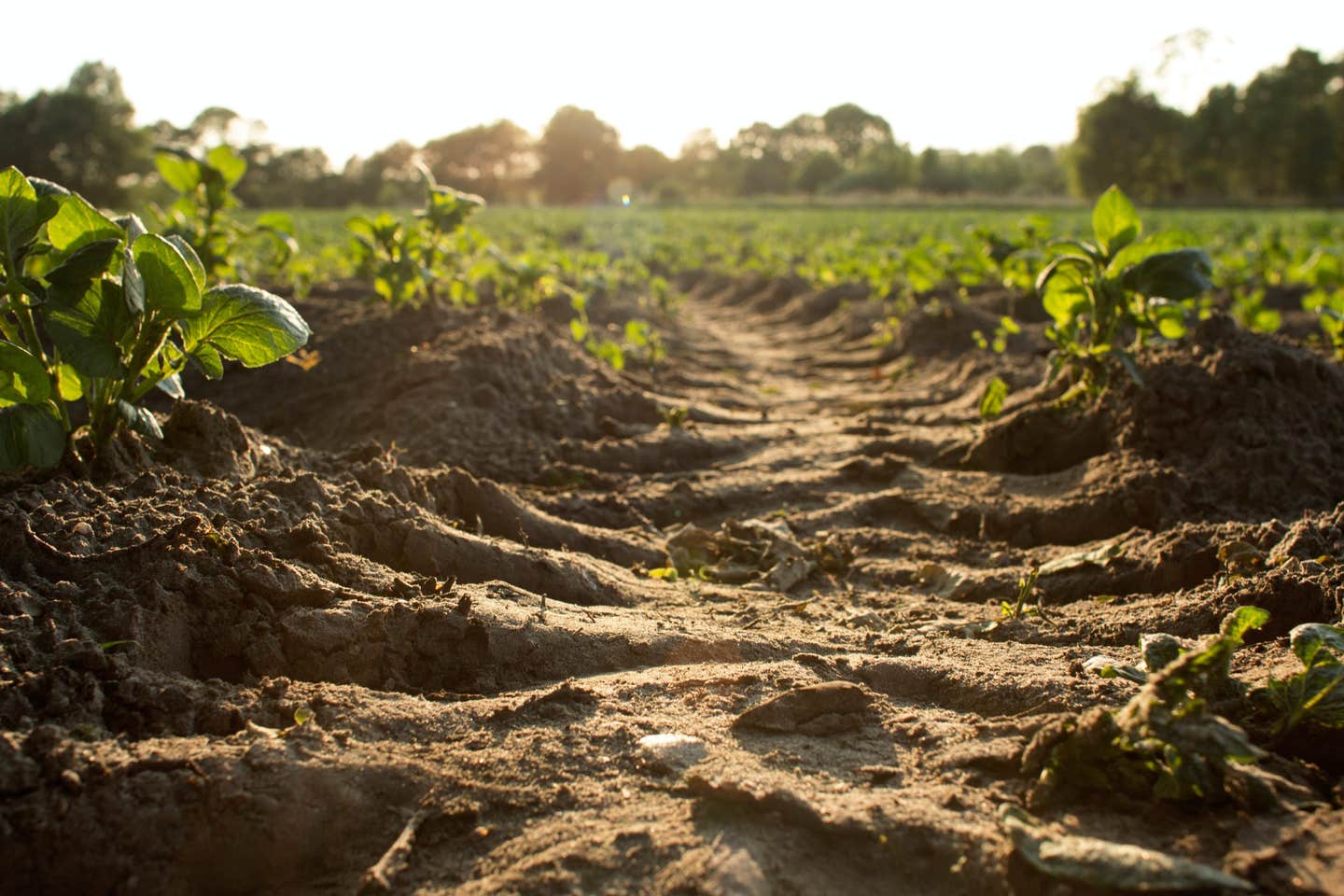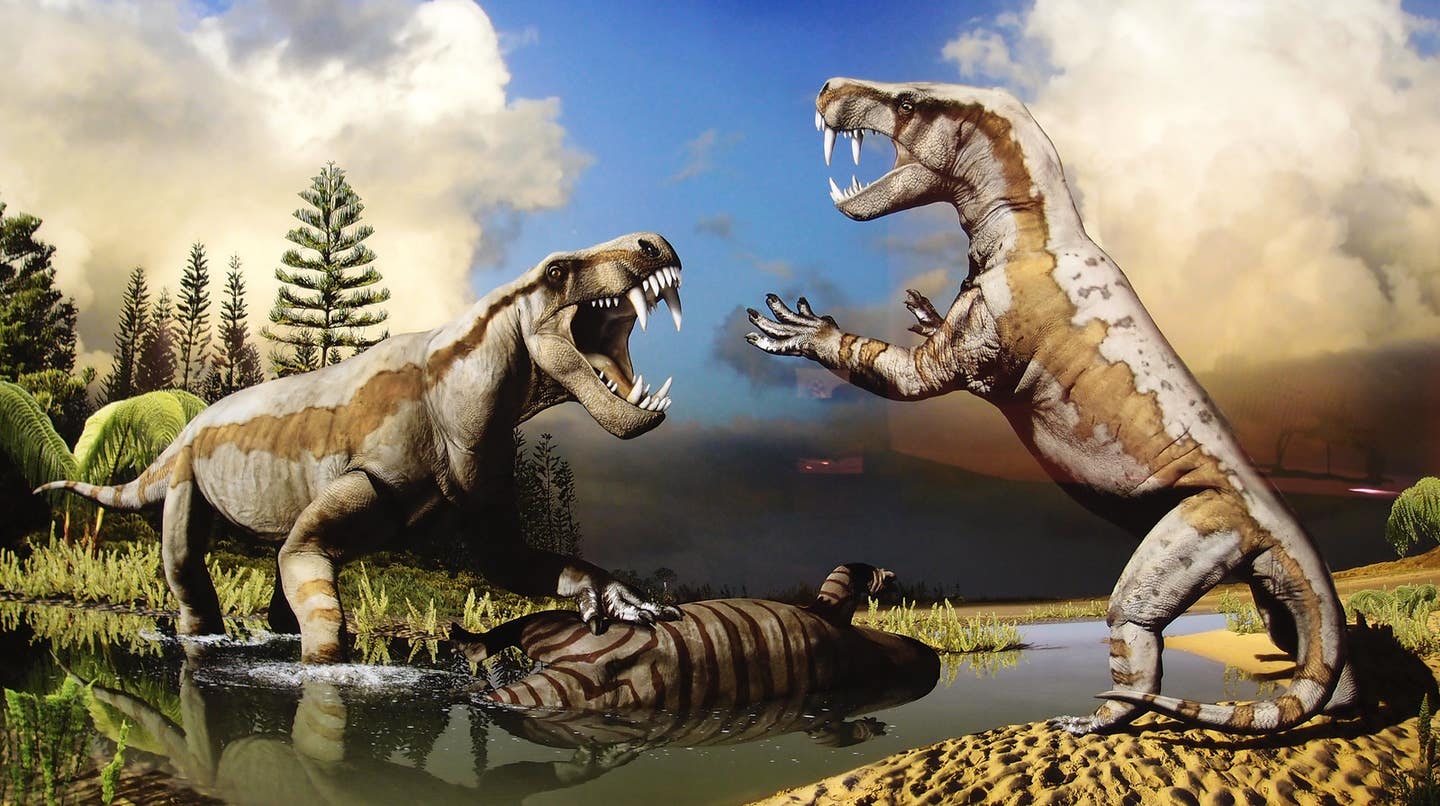Incredible ‘smart soil’ can water and feed itself
Innovative type of soil is capable of extracting water from the air and releasing fertilizer, providing a constant nutrient supply to plants

Researchers developed an innovative type of soil capable of extracting water from the air and releasing fertilizer in a controlled manner. (CREDIT: Creative Commons)
Researchers at The University of Texas at Austin have developed an innovative type of soil capable of extracting water from the air and releasing fertilizer in a controlled manner, providing a constant nutrient supply to plants. This breakthrough, achieved by infusing soil with a special hydrogel material, has shown promising results in experiments, leading to larger and healthier plants while using less water and fertilizer compared to traditional soil.
“This new gel technology can reduce the burden on farmers by decreasing the need for frequent irrigation and fertilization,” said Jungjoon Park, a graduate student in the Walker Department of Mechanical Engineering who led the research. “The technology is also versatile enough to be adopted across a wide range of climates, from arid regions to temperate areas.”
The findings were published in ACS Materials Letters.
Agriculture currently accounts for 70% of global freshwater withdrawals, reaching up to 95% in some developing countries. With the global population on the rise, the U.N. Food and Agriculture Organization stresses the need for more efficient irrigation, water-saving technologies, and the promotion of crops with lower water footprints to ensure sustainable food production and water resource management.
Traditional farming practices, particularly irrigation and fertilization, face numerous challenges, such as inefficient water use and environmental degradation. As climate change intensifies and water resources dwindle, the urgency for efficient and sustainable irrigation methods grows. Conventional fertilization techniques often lead to excessive nutrient exposure, decreasing nutrient uptake efficiency, causing environmental pollution, and degrading farmable land.
"The global water scarcity coupled with a growing population has an immediate impact on food security," said Guihua Yu, professor of materials science in the Cockrell School of Engineering's Walker Department of Mechanical Engineering and Texas Materials Institute. "This new class of hydrogels offers a promising solution to meet the pressing needs of water scarcity and efficient nutrient uptake in modern sustainable agriculture."
Experiments demonstrated that plants grown in the hydrogel-infused soil experienced a 138% increase in stem length compared to those in regular soil. Additionally, this modified soil achieved approximately 40% water savings, significantly reducing the need for frequent irrigation while ensuring robust crop development.
This research builds on previous discoveries involving hydrogels that can draw water from the atmosphere, aiming to make farming more efficient. Yu’s work is part of his lifelong mission to expand access to clean water globally.
The current study primarily focused on calcium-based fertilizers. Moving forward, the researchers plan to integrate different types of fertilizers and conduct longer field tests to further validate their findings and expand the technology's applicability.
By addressing both water and nutrient management, this smart soil technology presents a significant advancement in sustainable agriculture. The potential to reduce water usage and improve crop yields could have a profound impact on global food security, especially in regions where water resources are limited. As the research progresses, the adoption of this technology could play a crucial role in mitigating the challenges posed by climate change and population growth.
Note: Materials provided above by the The Brighter Side of News. Content may be edited for style and length.
Like these kind of feel good stories? Get the Brighter Side of News' newsletter.
Joshua Shavit
Science & Technology Writer | AI and Robotics Reporter
Joshua Shavit is a Los Angeles-based science and technology writer with a passion for exploring the breakthroughs shaping the future. As a contributor to The Brighter Side of News, he focuses on positive and transformative advancements in AI, technology, physics, engineering, robotics and space science. Joshua is currently working towards a Bachelor of Science in Business Administration at the University of California, Berkeley. He combines his academic background with a talent for storytelling, making complex scientific discoveries engaging and accessible. His work highlights the innovators behind the ideas, bringing readers closer to the people driving progress.



